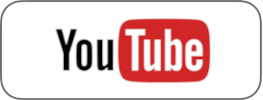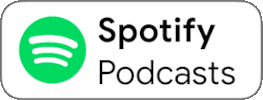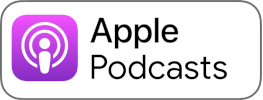In this episode, ArtsAbly is in conversation with Kaleb Hikele, a Canadian singer-songwriter and healthcare worker living in Toronto, Canada, with his home recording studio in the Riverdale neighbourhood.
During the interview, Kaleb Hikele mentions a certain number of resources that are listed on ArtsAbly’s website, in the Blog section.
Access Kaleb Hikele’s resources
You can activate the transcripts in the podcast player, or you can find the text version of the transcript here: access the TXT version of the transcript.
You can follow this podcast on diverse platforms. More information in our Podcast section. Follow us or subscribe to be notified wen new episodes become available.
If you would like to watch the video of the interview, with both closed captions and transcripts, it is available on YouTube: watch the video interview of Kaleb Hikele.
The podcast is also available on Spotify and Apple Music
This podcast could not exist without our listeners. Consider supporting our work with a coffee on Ko-fi or a donation: visit our donation page.
Popular Podcasts
Las Culturistas with Matt Rogers and Bowen Yang
Ding dong! Join your culture consultants, Matt Rogers and Bowen Yang, on an unforgettable journey into the beating heart of CULTURE. Alongside sizzling special guests, they GET INTO the hottest pop-culture moments of the day and the formative cultural experiences that turned them into Culturistas. Produced by the Big Money Players Network and iHeartRadio.
The Joe Rogan Experience
The official podcast of comedian Joe Rogan.
Stuff You Should Know
If you've ever wanted to know about champagne, satanism, the Stonewall Uprising, chaos theory, LSD, El Nino, true crime and Rosa Parks, then look no further. Josh and Chuck have you covered.


